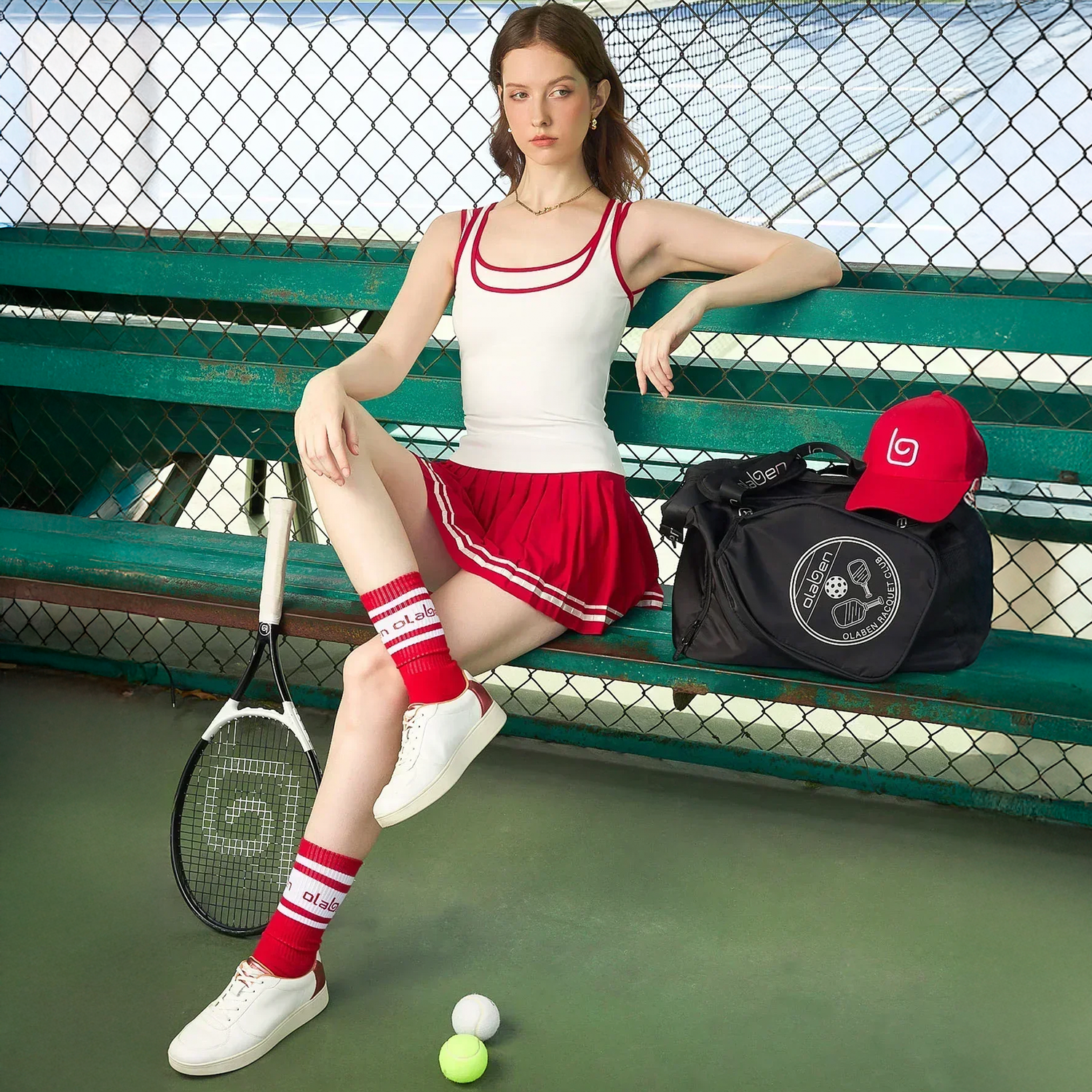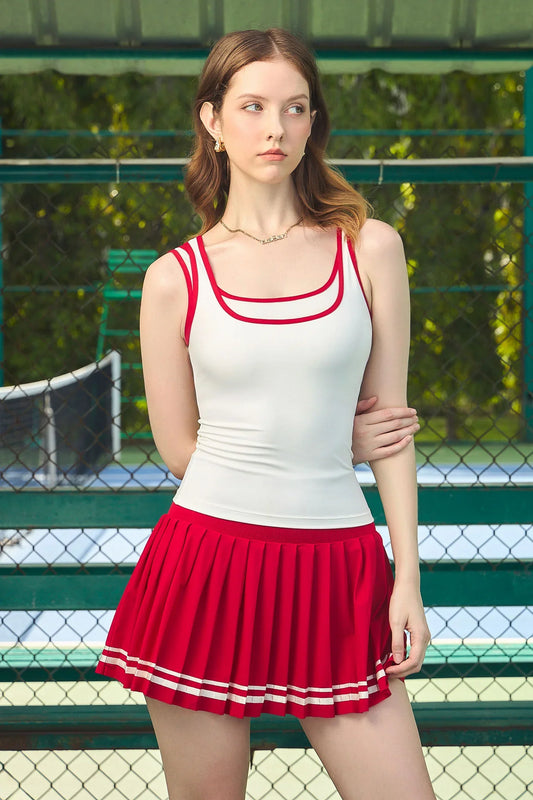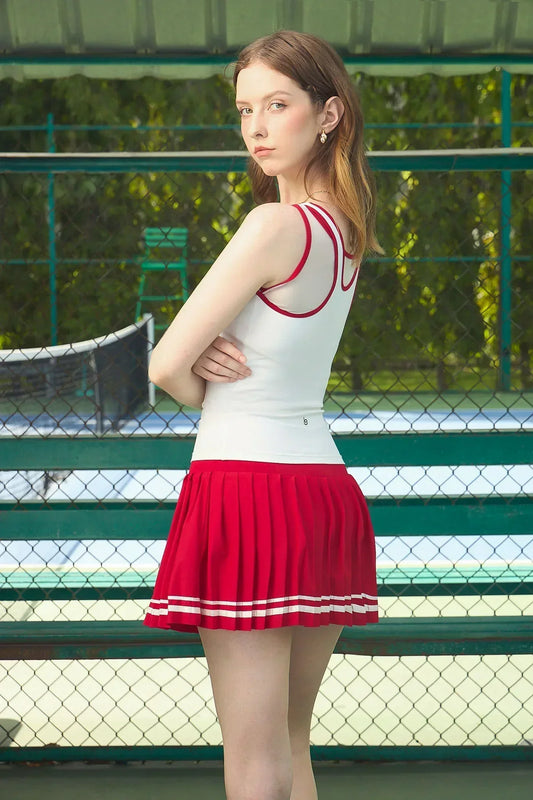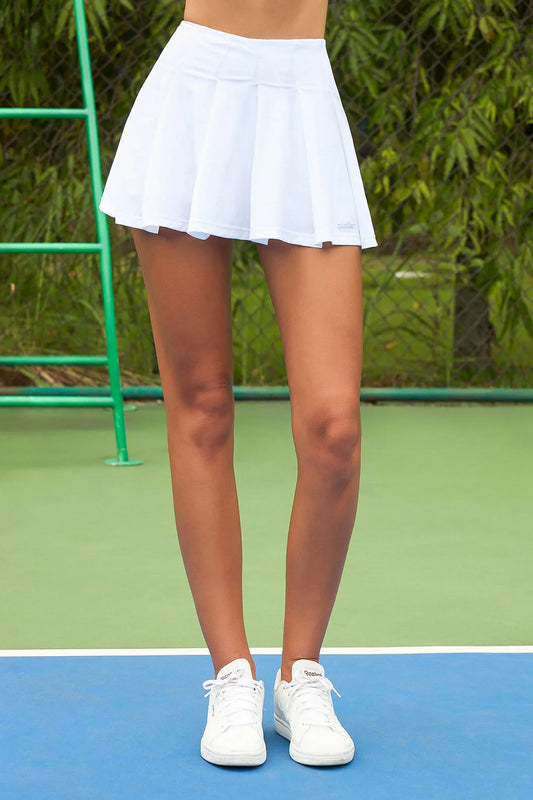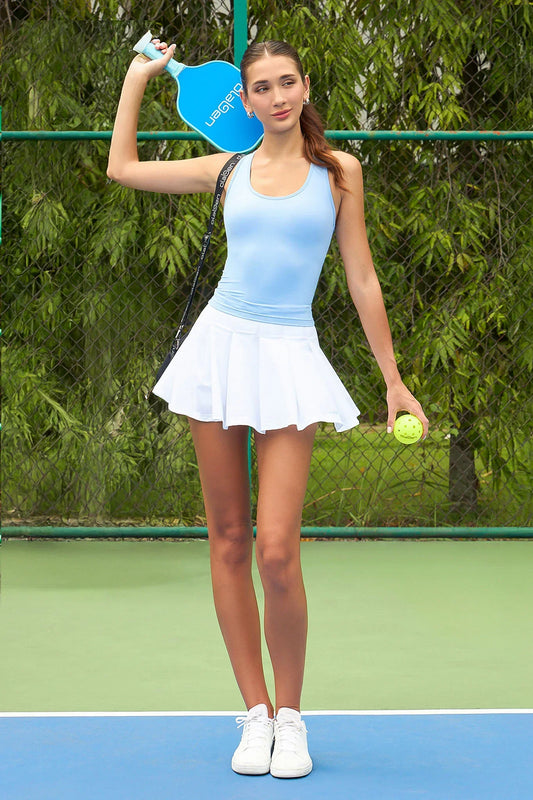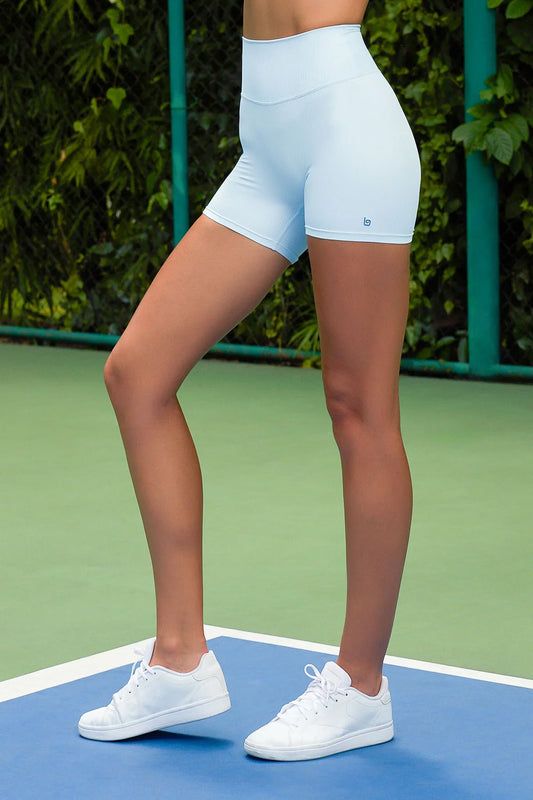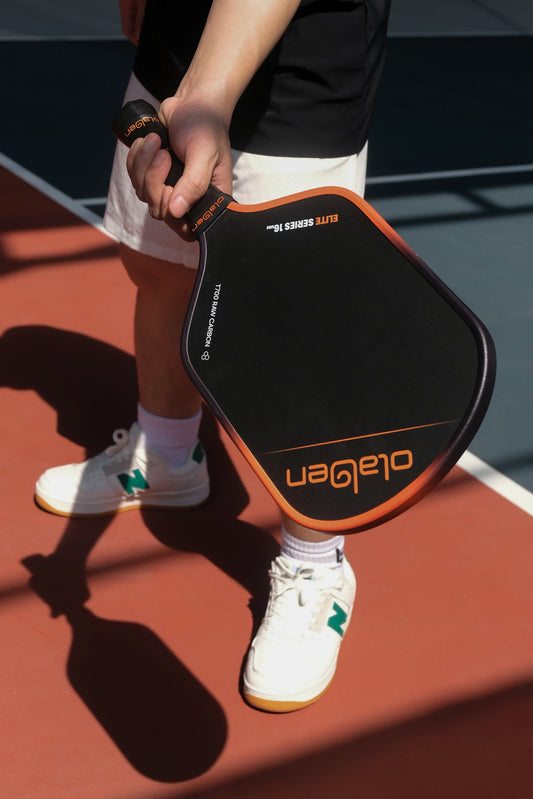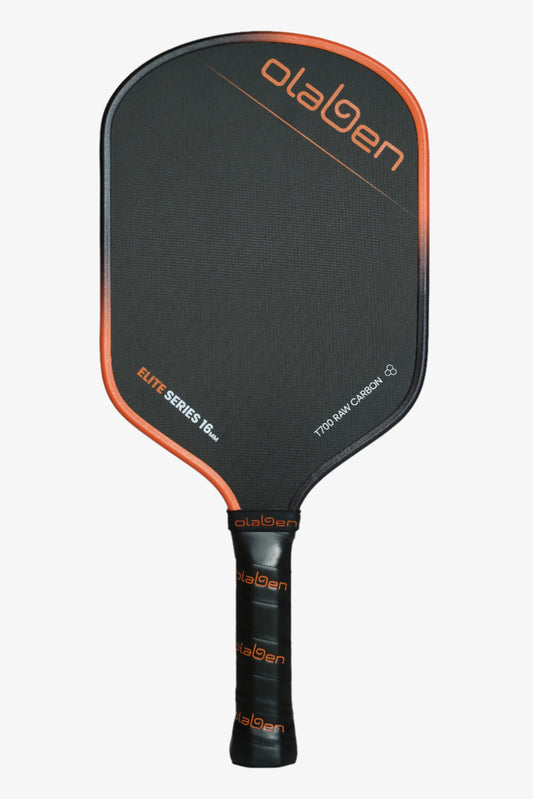If you’re new to pickleball, one of the first things you’ll need to master is the serve. Every rally begins with a serve, and while pickleball isn’t about aces or power serves like in tennis, knowing the rules will help you play confidently and avoid unnecessary faults.
In this guide, Olaben breaks down the official pickleball serve rules (2025 update), including the differences between volley serves and drop serves, common serving faults, and strategies to improve your game.
1. Why Serving Rules Matter in Pickleball
In pickleball, only the serving side can score points. That means every serve is an opportunity to take control of the rally. A legal, well-placed serve keeps you in the game, while a faulty one gives your opponent the advantage.
Understanding the rules ensures fair play and consistency—especially if you plan to join tournaments or competitive matches.

2. Official Pickleball Serve Rules (2025 Update)
Here are the six essential serving rules every player must follow:
Underhand or Backhand Motion
- Your arm must move in an upward arc when striking the ball.
- Contact must be below the waist.
- The paddle head must stay below the wrist at contact.
One Foot Behind the Baseline
- At least one foot must remain behind the baseline until the serve is made.
- Stepping on or over the line during contact is a fault.
Diagonal Serve Placement
- The ball must land in the diagonally opposite service box.
- Serves landing in the non-volley zone (the kitchen) or on the kitchen line are faults.
Drop Serve is Legal
- You may drop the ball from any height (without force) and hit it after it bounces.
- This option is easier for beginners and offers more flexibility.
Single Attempt Only
- Unlike tennis, there are no second serves.
- One fault means you lose the rally.
No Pre-Serve Spin Allowed
- You cannot spin the ball with your hand before striking it.
- Once in play, you may add spin with your paddle.

3. Types of Serves in Pickleball
In pickleball, there are two legal serve techniques. Each has its own benefits and challenges, and learning both will make you a more versatile player.
Volley Serve (Traditional Serve)
- With a volley serve, the ball is hit before it touches the ground.
- This serve is the more traditional method and requires greater precision. You must follow the rules about paddle position (below the wrist) and strike point (below the waist).
- Because of the restrictions, it can be harder for beginners to master, but it allows skilled players to generate more power, speed, and accuracy.
- Advanced players often use the volley serve to pressure their opponents right from the start of the rally.
Drop Serve
- The drop serve was officially added to the rulebook as a permanent option in 2022.
- Instead of striking the ball in the air, the server drops the ball from any height without force, lets it bounce once, and then hits it.
- This method is easier for beginners, as there are fewer restrictions on paddle motion and ball contact.
- While the drop serve doesn’t produce the same raw power as a volley serve, it opens up possibilities for adding spin and placement variety, keeping your opponent guessing.
Tip: Many players start with the drop serve to build consistency, then move on to the volley serve as their confidence grows.

4. Serving in Singles vs. Doubles
Serving rules differ slightly depending on whether you’re playing singles or doubles, and understanding the difference is crucial for keeping score correctly.
Singles Serving Rules
In singles, the server’s position depends on their score:
- If your score is even, serve from the right-hand court.
- If your score is odd, serve from the left-hand court.
Only the serving player can score points. If you lose the rally, the serve switches to your opponent.
Because there are only two players on the court, singles serving can feel more intense, demanding greater stamina and accuracy.
Doubles Serving Rules
Doubles has a unique rotation system:
- Both teammates get the chance to serve before the ball is handed over to the opponents (except at the start of the game, when only one player serves first).
- The serve always starts from the right-hand court and must alternate between partners after each side-out.
- Players switch sides of the court only when their team scores a point, ensuring fairness in positioning.
This system means doubles games tend to last longer, and teamwork is key. A strong, consistent serve in doubles sets your team up for better control of the rally.

5. Common Pickleball Serving Faults
Even experienced players can make mistakes on their serve. Avoiding these common faults will keep your game sharp and prevent you from giving away free points:
- Striking above the waist – The paddle must connect with the ball below waist level.
- Crossing the baseline – At least one foot must stay behind the line until contact is made.
- Landing in the kitchen – If the ball lands in the non-volley zone (or even on its line), it’s an automatic fault.
- Missing the diagonal service box – The ball must land in the correct service area; otherwise, the serve is lost.
- Illegal drop serve – Tossing or spinning the ball before dropping it makes the serve invalid. The ball must simply be released and fall naturally.
Remember: In pickleball, there are no second chances on a serve. One fault, and it’s your opponent’s turn.
6. Serving Strategies to Gain an Edge
Once you’ve mastered the basic rules, it’s time to use strategy to put pressure on your opponents. A smart serve won’t always win the rally outright, but it can set the tone and force weak returns.
- Serve Deep: Aim for the back of the service box. A deep serve keeps your opponent pinned near the baseline, giving you more time to get ready for their return.
- Mix It Up: Alternate between volley serves and drop serves. Varying your speed, spin, and placement keeps opponents from anticipating your shots.
- Target Weaknesses: Observe your opponent’s game. If their backhand is shaky, serve toward it consistently. Over time, this pressure can force errors and give you the upper hand.
- Stay Consistent: Consistency beats flash. A reliable serve that always lands in the correct spot is more valuable than a risky serve that only works occasionally. Build confidence with safe serves, then expand your arsenal as you improve.
Final Thoughts
Pickleball serve rules may seem detailed at first, but they become second nature with practice. Start with the basics—underhand motion, diagonal placement, and staying behind the baseline. Once consistent, experiment with drop serves, spin, and depth to build a more versatile game.
A strong, legal serve won’t guarantee you points every time, but it sets the foundation for winning rallies.

